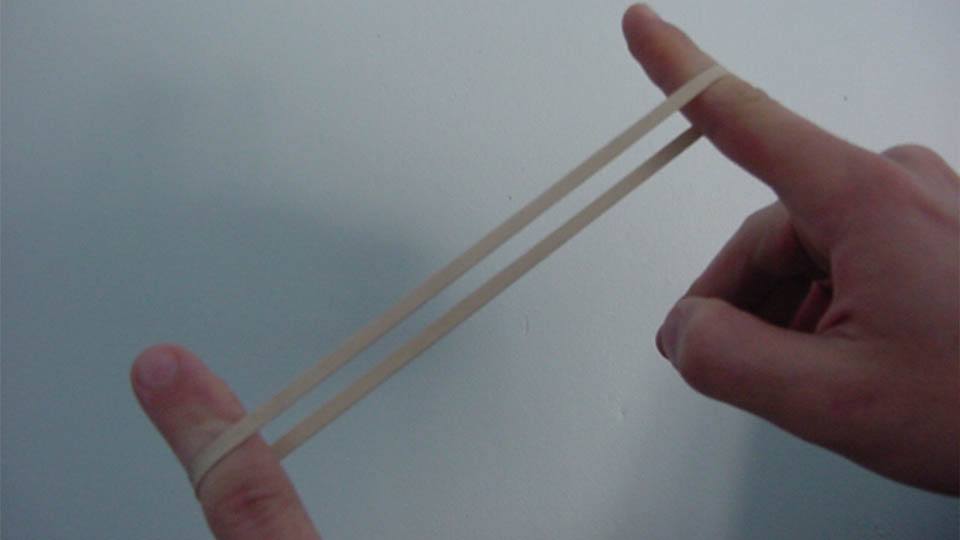Stretching is arguably the most important part of any exercise regimen. When you warm up your muscles and give them a good stretch, you lower the risk of injury, increase your flexibility, and increase circulation. That makes it very important to take stretching seriously. Here are some tips to make sure you’re stretching correctly.
1. Don’t stretch from cold
We’ll start out with one that is fairly obvious. Under no circumstances should you stretch from cold. The best practice is to do some light exercise for around ten minutes before you actually engage in stretching. When you exercise, it increases circulation and literally warms up the muscles. The warmth allows muscles to be more elastic and makes you far less prone to injury.
2. Work to reduce preparation stretches
Stretching is very important but overstretching can be just as harmful. Overstretching can also cause injuries, as well as long term damage if it happens too frequently. You should work to create a stretching regimen that is efficient. Stretch the most possible muscles in the fewest possible stretches to avoid overstretching.
3. Move into and out of stretches slowly
This one is another that is pretty self-explanatory. When you begin your stretch you should move into position slowly. This allows you to test the waters to make sure you’re doing the stretch correctly. Once you’re finished, you’ll want to exit the stretch slowly as well, and for much the same reason. It’s fairly simple to understand. If you’re injured, moving into and out of stretches slowly can alert you to your injury before you reach a point of severe pain. It can also prevent injury.
4. Move into a stretch smoothly
When entering into a stretch, it’s important to do so smoothly. It’s not recommended to move in various directions or in awkward ways. It’s also important to finish a stretch before moving into another one. Not properly finishing and conducting your stretches can lead to injury.
5. Learn to tell the different types of pain
If you are injured during a stretch, it feels different than other types of pain. There are three types of pain and when you hurt yourself stretching it is generally a different kind of pain than that of other injuries or conditions. You should identify the various types of pain and recognize when an injury is an injury.
6. Use different types of stretches and use different positions
Every now and then you should switch things up. Doing the same stretches over and over may rob you of the opportunity to stretch other muscles. There are a lot of them in the human body and even if it’s just a stretch every now and then, you should hit as many muscle groups as possible. Check out alternate stretches for other muscle groups so they all get a good stretch in sometimes.
7. Make adjustments
Along those same lines, you should make adjustments to your stretching regimen. If you feel like you’re not stretching one muscle group enough, then feel free to change it up to give those muscles more attention. You’re not married to your routine and you can change it whenever you need to. If you need to make some adjustments then make them!
8. Don’t be afraid to admit that you’re in pain
Some people may want to try to play through the pain. That’s a terrible idea. It doesn’t take science to prove that trying to workout with any injury is just a bad idea. If you’re stretching and it hurts then it’s time to put the water bottle back in the fridge, hit the showers, and rest your injury.
9. Don’t force anything
The idea of stretching is to increase the elasticity and circulation in your muscles. If you start forcing things that aren’t supposed to occur it’s the equivalent of stretching a rubber band too far. The rubber band snaps and something similar could happen to your muscles. Never force a stretch. It’s among the most common ways people injure themselves when stretching. Like we say above, make sure you perform your stretches slowly and smoothly to avoid injury!Wrap up
There are a thousand different ways to stretch and it’s difficult to plan for all contingencies. However, if you follow these simple steps you can stay safe no matter what kind of stretching you do. Ultimately it’s all about maximizing your benefits from stretching while avoiding injury. In the end, if it feels right then keep doing it and if it doesn’t feel right then stop!
Featured photo credit: Aamir Fitness via aamirfitness.com














































